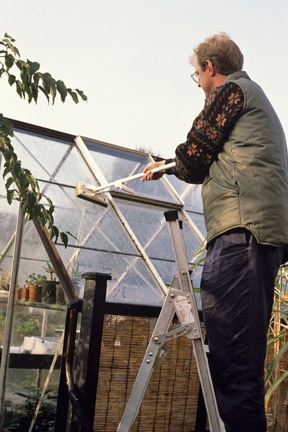 There is nothing tastier and healthier than vegetables and fruits grown on their own beds. Not infrequently lovers - gardeners use greenhouse constructions to get the earliest harvests. When the plants are just starting to gain strength on the open ground, in the greenhouses at this time it is already possible to collect a full-fledged collection of fruits of various crops.
There is nothing tastier and healthier than vegetables and fruits grown on their own beds. Not infrequently lovers - gardeners use greenhouse constructions to get the earliest harvests. When the plants are just starting to gain strength on the open ground, in the greenhouses at this time it is already possible to collect a full-fledged collection of fruits of various crops.
Today, many summer residents use greenhouses made of polycarbonate. It is both convenient and simple. But, of course, we should not forget about caring for such a "helper." Typically, the processing of these structures is carried out in the autumn period of time.
Processing the greenhouse is a mandatory procedure, because the quality and quantity of the future crop often depends on it. Such "helpers" are collapsible, so many summer residents simply dismantle the structure for the winter period of time. But this is not always possible, because if the structure is on the foundation, it is often not subject to analysis.
Usually, before you start processing the greenhouse structure, you should get rid of all unnecessary elements. For example, sticks, ropes, auxiliary arches, with which support was created for various cultures. All old vegetation located on the surface of the earth should also be removed. After this, it is necessary to pay attention to the seams and joints of the greenhouse structure, even if it is new.
It is not uncommon to find cases when plants grow even into the smallest bayonet compounds during growth, and you may not notice them during harvesting, and residual fragments of such incidents can lead to the development of harmful microbes and parasites. Experienced experts advise to clean the greenhouse joints with a conventional home vacuum cleaner, which allows you to thoroughly remove all remaining vegetation.
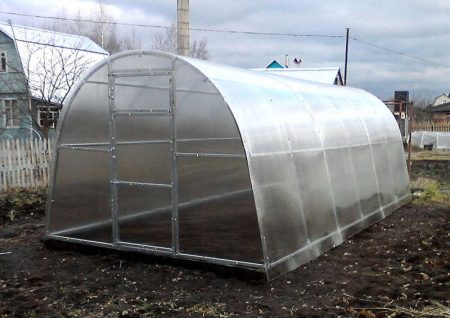
Sometimes gardeners notice the formation of rot, which contributes to the development of pathogenic microbes, and they in the future can adversely affect the crop. Experienced summer residents use sulfur drafts to prevent such troubles. To use this tool, you must first tightly cork all available slots and prepare a metal sheet.
After everything is ready, the saber is set on fire, put in the middle of the structure on a metal sheet and leave the greenhouse. It smolders for about an hour, while releasing sulfur gas into the air, which in turn destroys not only mold, fungi, and also kills many garden pests and parasites. After carrying out this procedure, you should not go into the greenhouse for several days, as the gas accumulated inside still continues to operate fully.
Some gardeners use other chemical processing aids. For example, a spray with an induced solution against pathogenic microbes and various pests. But first you need to provide yourself with protective equipment, that is, it is recommended to use respirators and additional clothing to protect the skin, since usually such chemical "helpers" have high toxic properties for the human body.
Caring for the greenhouse after harvesting in the fall includes not only cultivating the structure itself, but also the soil that is there. After all, as you know, it is in the earth that the maximum development of various diseases and reproduction of all sorts of pests and parasites occurs, which can not only spoil the crop, but also destroy it.
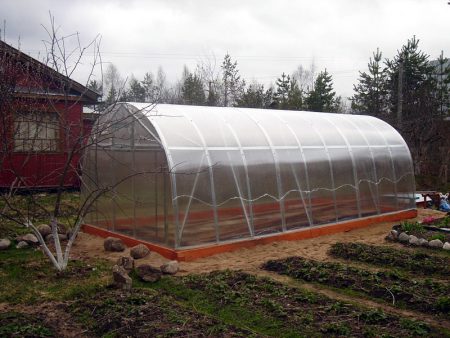
Proper soil preparation will not only increase the yield of various crops, but also provide them with certain quality indicators. Properly applied fertilizers will have a beneficial effect on greenhouse vegetation. But we should not forget that if, for example, compost or humus is used, then there can be various larvae that can winter well in greenhouse conditions, and then, with warming, spoil the plants or even ripened fruits.
Experienced gardeners, if they use compost, then thoroughly decayed to avoid the described situation. It should also cover the ground from freezing. This can be done using hay or special materials that are available at specialized stores. Moreover, many summer residents for covering material use ordinary snow, which not only protects the earth, but also allows it to additionally provide it with the necessary moisture.
The most important task during the processing of both the greenhouse structure and the soil cover is to provide complete protection against spores, rot and pests, only then can the vegetation of the next year be protected. After all, if you do not carry out these works, then both the quality and the quantity of the expected crop will not please the owners.
How to create do-it-yourself greenhouse read here.

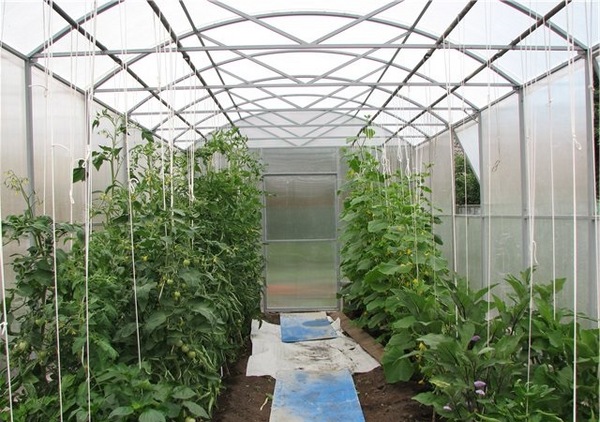
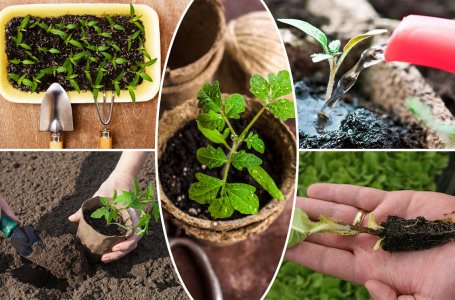
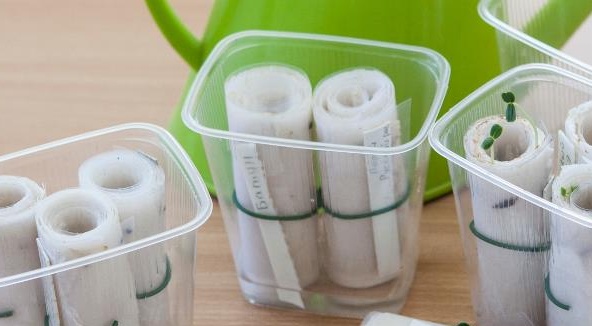
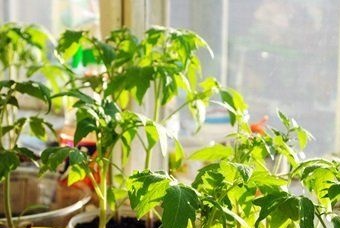 10 mistakes that destroy seedlings
10 mistakes that destroy seedlings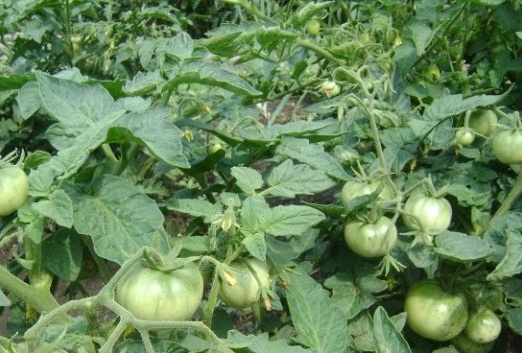 What crops are solanum plants?
What crops are solanum plants?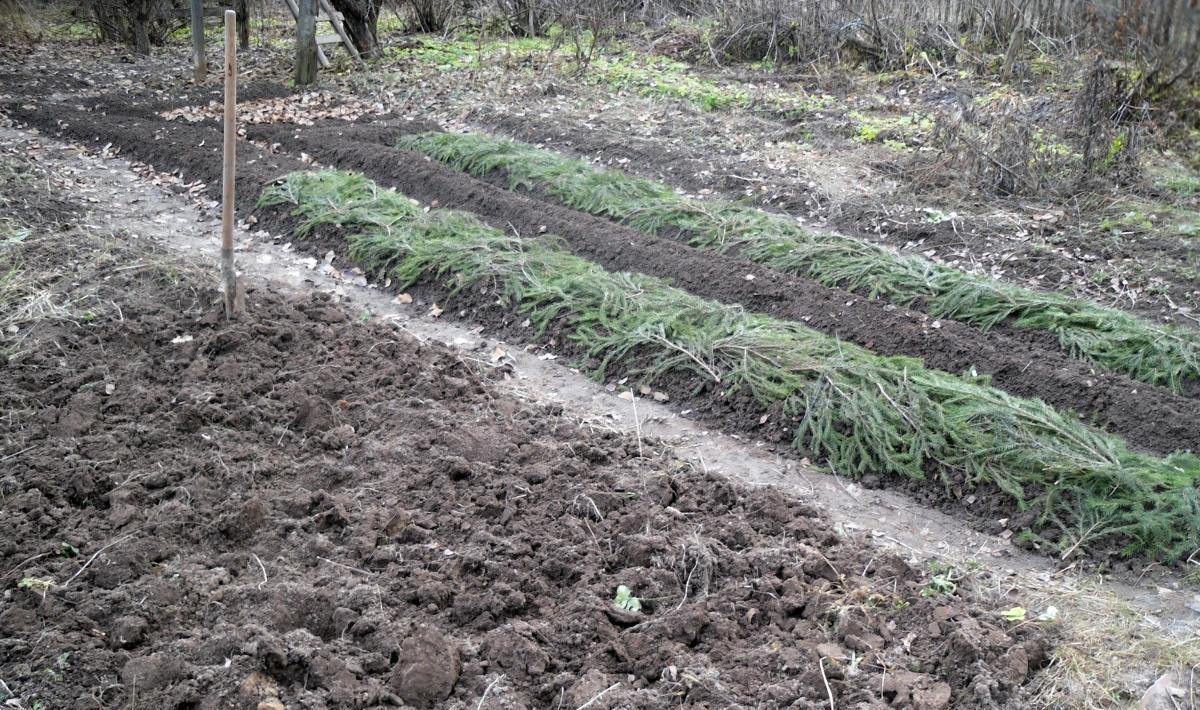 What to plant in the garden before winter: what vegetables, flowers, herbs, trees and shrubs
What to plant in the garden before winter: what vegetables, flowers, herbs, trees and shrubs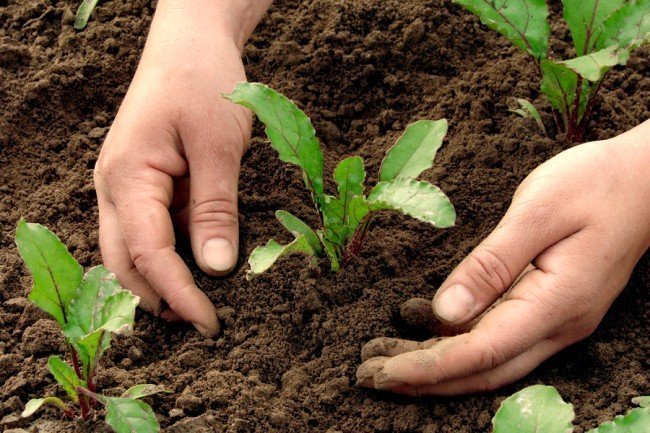 What can be planted at the end of summer in open ground in different regions to grow rapidly
What can be planted at the end of summer in open ground in different regions to grow rapidly